RESTORATION
TOPICS
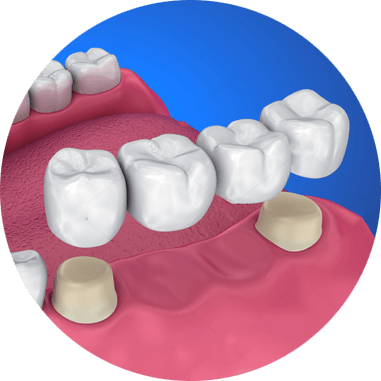
Bridges
A bridge is a restoration that replaces one or more teeth. It is bonded or cemented to the natural teeth that are next to the space left by the missing tooth or teeth. Crowns are cemented on the natural teeth next to the space, these are referred to as the abutments. Attached to these crowns (or abutments) is a crown (called a pontic) that replaces the missing tooth. This abutment-pontic-abutment is cemented in as one unit. Different types of materials can be used like gold, and porcelain fused to metal. The dentist will show you how to clean and floss your new bridge.
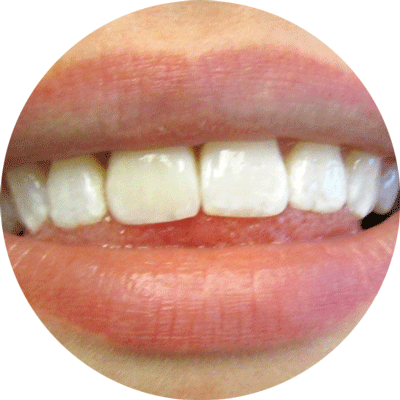
Crowns (Caps)
A crown is a specific type of tooth restoration that covers, or “caps” (another common name for a crown), a tooth to restore it to its natural shape and size.
Crowns are used in dentistry for several reasons
• to restore a tooth when there isn’t enough remaining tooth to support a large filling
• to protect a weakened tooth from fracturing
• to restore a fractured tooth
• to cover dental implants
• to attach bridges
• to cover poorly shaped or discolored teeth
• after root canal treatment
Crown Materials
Crowns can be made of a number of different materials: porcelain or ceramic, gold alloys or non-precious alloys, composite resins, or a combination of these materials. The dentist will help you choose which material is best for your specific situation.
The Crown Appointment
The placement of a crown will usually take two dental visits. During the 1st visit, the dentist will remove any old filling and replace this with a new material called a “build-up” to serve as the foundation for the crown. Next, the dentist will remove the outer portion of the tooth to accommodate for the thickness of the crown that is to be placed. An impression is then taken to provide a dental laboratory with all the necessary information to fabricate the custom fitted crown. A “temporary” crown is placed over the tooth while the permanent crown is being made. At your second appointment, usually scheduled two weeks after the first, the temporary crown is removed and the permanent crown is placed. Minor adjustments are often made to insure a proper fit, before the crown is permanently cemented into place.
How to take care of your crown
It is very important once a crown is placed to brush it twice daily and clean between with floss or interdental brushes. If plaque accumulates in between the gum and the crown, it can cause dental decay or gum disease. To prevent fracturing or damaging crowns, avoid chewing hard objects, such as ice. Also, avoid sticky candies that have been known to pull crowns off. It is important to go to the dentist for your regular check-ups. The dentist can check your crowns and all of your teeth at these appointments.
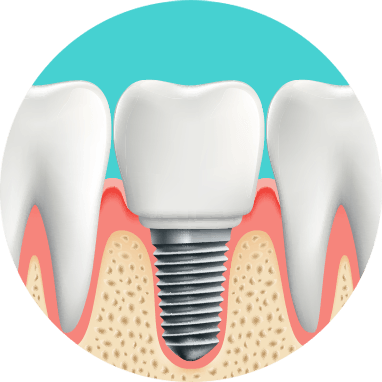
Implants
A dental implant is a titanium screw surgically placed in the bone of the upper or lower jaw used to replace a missing tooth. An implant looks and feels like a natural tooth. A single tooth implant allows the dentist to replace a missing tooth without involving treatment of the teeth next to the spaces (as in a bridge).
The placement of an implant generally takes place over several months and involves a three-part process. A specialist, such as a periodontist or an oral surgeon will be involved in the surgical process. The dentist will refer you to the specialist for an “implant consultation”. In the first phase, the specialist will place the implant into the jaw. The gum is covered over the implant while it heals for three to six months. During this healing period the implant will fuse with the bone. This process is called osseointegration. In the second phase, the specialist will uncover the gum to expose the implant and an attachment called a “post” (also called an abutment) will be placed. This “post” serves as an extension of the implant on to which the new tooth will be placed. In the final phase, the specialist will refer you back to the dentist who will then take an impression of the post to fabricate the crown that will replace the tooth. Once completed, the crown is attached to the implant post.
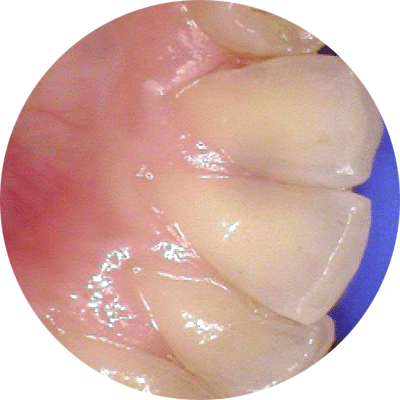
Tooth Colored Fillings
Tooth colored fillings, also called composite fillings, are made from tooth-colored materials that help restore the natural appearance of adecayed or previously filled tooth. The appointment time will vary depending on the location of the tooth and the size of the filling. A bonding agent is used to adhere the filling to the tooth. The dentist will isolate the tooth from saliva to insure a proper bond. After the bonding agent is placed, the dentist will fill the tooth with several layers of the tooth colored composite material which is then hardened with a special light for less than a minute. At the end of the appointment the dentist will check your bite and polish the tooth.
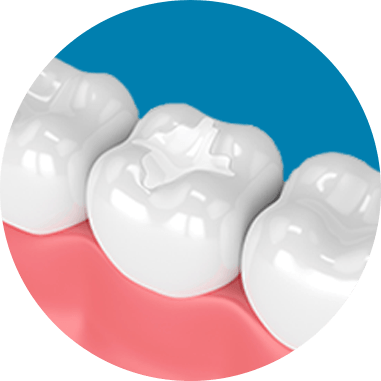
Dental Sealants
A dental sealant is a plastic material that is applied to the chewing surface of a back tooth to act as a barrier to decay. The chewing surface of a molar has pits and fissures. The toothbrush bristles can’t always reach into these microscopic areas, but food particles and plaque bacteria can. A sealant is placed into these pits and fissures to protect the tooth from cavities.
The procedure is very simple. First the teeth are thoroughly cleaned and conditioned. The sealant is then applied to the tooth by bonding it with a special curing light which hardens it. The sealants are then checked by the dentist at routine visits. Prevention is key to maintaining a healthy smile.



